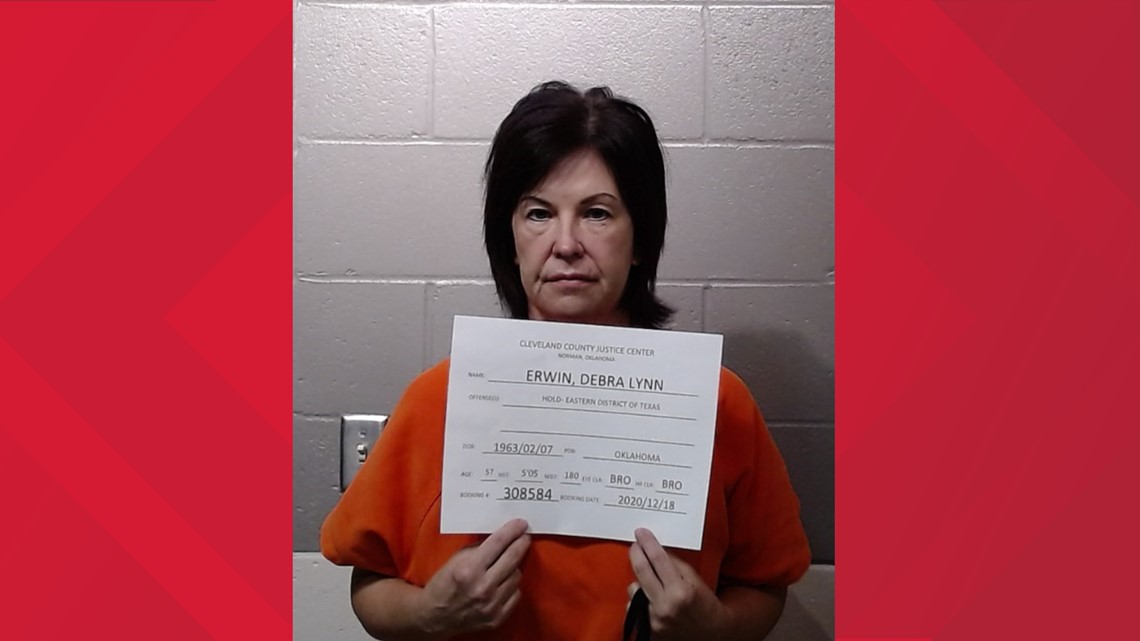Alright folks... argue/debate all you want but remember be NICE and RESPECTFUL! Make it personal and ugly and this thread will get locked down.
Warnings have been issued . . . .
Warnings have been issued . . . .
I see you have like minded people keeping you from being corrected so we’ll just have to leave it at that.I was just puzzled how my observation that you clearly don't understand the Constitution led you to the asinine conclusion that I don't hold it in much regard.
Let me be clearer - it's your comprehension skills that I don't hold in much regard.
Here's the thing - you need to do more than just yap about government overreach to make the argument that the it is actually occurring, or that the Constitution has been violated.
My offense at what? My only vested interest is that I fly these things professionally and recreationally, and I'd prefer that significant segments of the market, together with you and others with similar attitudes on this thread, try not to tarnish the reputation of the industry with ignorant assertions.
I'm happy to be corrected, but you are not doing that - you are just throwing assertions and accusations. If you really think that the RID proposal violates the constitution then feel free to explain exactly how it does that.I see you have like minded people keeping you from being corrected so we’ll just have to leave it at that.
Educating you, and using the same words as you, has been deemed unacceptable since I’m on the other side of this issue.I'm happy to be corrected, but you are not doing that - you are just throwing assertions and accusations. If you really think that the RID proposal violates the constitution then feel free to explain exactly how it does.
That makes no sense - you are the one who asserted violation of the Constitution, so you need to make an argument or cite some evidence to support that. You haven't even tried to do that, let alone "educate me", whatever that is supposed to mean.Educating you, and using the same words as you, has been deemed unacceptable since I’m on the other side of this issue.
Take it up with your defenders.That makes no sense - you are the one who asserted violation of the Constitution, so you need to make an argument or cite some evidence to support that. You haven't even tried to do that, let alone "educate me", whatever that is supposed to mean.
Reasoned arguments, rather than ad hominems, are always welcomed on this forum. Now you are just deflecting to avoid having to try to mount a defense of an untenable position. I guess we can mark this conversation as finished.Take it up with your defenders.
Obviously, so is hypocrisy.Reasoned arguments, rather than ad hominems, are always welcomed on this forum.


Why stop there? Surely then the government can track all persons in the country at all times. Let’s just give everyone ankle bracket trackers so our glorious leaders can watch over us and protect the motherland.I've been reading the FAA's brief. Basically, the FAA is arguing that if the government can use GPS beepers to track movement of barrels containing ether or methylamine (chemical precursors used in methamphetamine manufacture), then they can surely track anybody flying a 251 gram+ drone 1 inch off the ground in their own backyard. Get it?
View attachment 138166
Walter White steals his first barrel of untracked methylamine in Breaking Bad.
Do you post this kind of nonsense just to try to wind people up, or do you really just have no clue what RID is intended to achieve?Why stop there? Surely then the government can track all persons in the country at all times. Let’s just give everyone ankle bracket trackers so our glorious leaders can watch over us and protect the motherland.
I’m sure that’s what the founding fathers meant by “liberty.”
Educating you, and using the same words as you, has been deemed unacceptable since I’m on the other side of this issue.
It’s not nonsense. If the government is using the tracking of methylamine as stepping stone to rationalize tracking people while operating a drone, if they get that, what prevents them from in the future using the tracking of drone operators as a stepping stone to rationalize tracking cars? Then once they get that, what prevents them from using the tracking of cars to rationalize tracking people?Do you post this kind of nonsense just to try to wind people up, or do you really just have no clue what RID is intended to achieve?

The FAA’s argument is that no one has any reasonable expectation of privacy in their travel on any public roadway or flying a drone in any outdoor airspace anywhere in the country including one inch off ground in your own backyard based in part on the US Supreme Court case, United States v. Knotts, 460 U.S. 276 (1983).Why stop there? Surely then the government can track all persons in the country at all times. Let’s just give everyone ankle bracket trackers so our glorious leaders can watch over us and protect the motherland.


The FAA’s argument is that no one has any reasonable expectation of privacy in their travel on any public roadway or flying a drone in any outdoor airspace anywhere in the country including one inch off ground in your own backyard based in part on the US Supreme Court case, United States v. Knotts, 460 U.S. 276 (1983).
United States v. Knotts, 460 U.S. 276 (1983)
The 3M Co. in St. Paul, Minnesota notified a state narcotics investigator that a former 3M employee, Armstrong, had been stealing chemicals which could be used in manufacturing illicit drugs. Visual surveillance of Armstrong revealed that after leaving the employ of 3M Co., he had been buying similar chemicals from the Hawkins Chemical Co. in Minneapolis. The narcotics officers observed that after Armstrong had made a purchase, he would deliver the chemicals to co-defendant Petschen.
With the consent of the Hawkins Chemicals Co., narcotics officers installed a “beeper” inside a five-gallon container of chloroform, one of the precursor chemicals used to manufacture illicit drugs. Hawkins agreed that when Armstrong next purchased chloroform, he would be given the container with the beeper.
NOTE:The beeper was a circa 1980s radio transmitter which emitted periodic signal that could be picked up by a radio receiver in close proximity.
Armstrong picked up the chloroform and officers followed his car using both visual surveillance and a monitor which received the beeper signals.
Minnesota law enforcement agents followed the car from Minneapolis to a secluded cabin near Shell Lake, Wisconsin. Relying on the location of the chloroform derived through the use of the beeper and additional information obtained during three days of intermittent visual surveillance of respondent's cabin, officers secured a search warrant.
During execution of the warrant, officers discovered a fully operable, clandestine drug laboratory in the cabin. In the laboratory area officers found formulas for amphetamine and methamphetamine, over $10,000 worth of laboratory equipment, and chemicals in quantities sufficient to produce 14 pounds of pure amphetamine. Under a barrel outside the cabin, officers located the five-gallon container of chloroform.
The defendants did not challenge the warrantless installation of the beeper in the chloroform container because its clear that under the law having the consent of the informer who owned the barrel met the requirements of the Fourth Amendment, even if the consenting owner plans to immediately sell the `bugged' container to an unsuspecting buyer.
The issue addressed by the US Supreme Court was whether such use of a beeper violated the the Fourth Amendment prohibition against unreasonable search and seizure.
The beeper surveillance amounted principally to following an automobile on public streets and highways. A person traveling in an automobile on public thoroughfares has no reasonable expectation of privacy in his movements because the vehicle's starting point, direction, stops, or final destination could be seen by anyone else on the road.
This is the key section of the decision relied upon by the FAA. If law enforcement can track shipments of precursor chemicals to known drug dealers using bugged containers provided by informers, then by goodness they have the right to track your little Mavic Mini as it flies one inch off ground in your own backyard.
The problem with the argument is that the US Supreme Court revisited the issue 35 years later in United States v. Jones, 565 U.S. 400 (2012), and held that installing a Global Positioning System (GPS) tracking device on a vehicle and using the device to monitor the vehicle's movements constitutes a search under the Fourth Amendment which requires a search warrant and probable cause.

So what you got from that is if the government said everyone must install trackers in their cars so they could be tracked at all times while driving that would be ok because then they would know they were being tracked and you find that to be Constitutionally sound?That's not equivalent. LE installing a tracker on your vehicle to track you is not the same as the FAA requiring your unmanned vehicle to broadcast ID and position. One constitutes covert surveillance, while the other is simply a condition of flying an sUAS in the NAS. I think you know that though.
We use essential cookies to make this site work, and optional cookies to enhance your experience.


